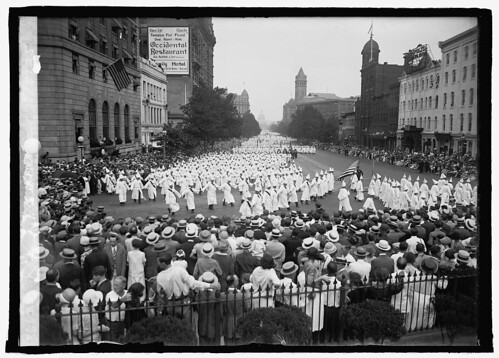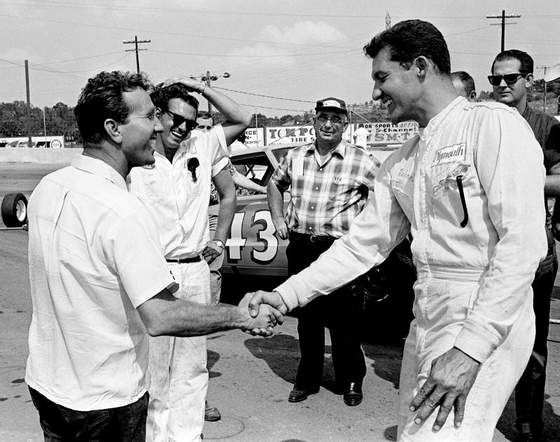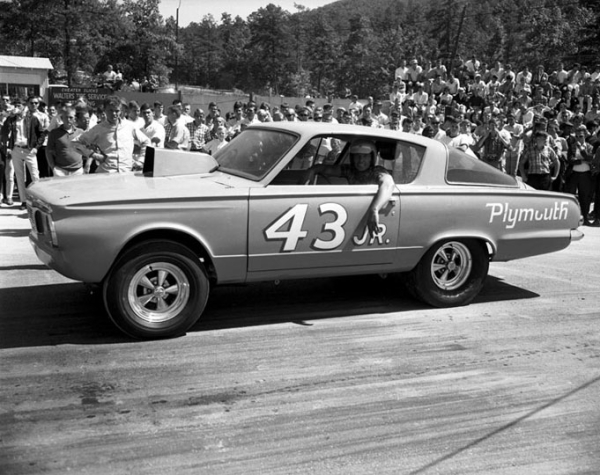While many people ask “Why showcase that picture?” thinking
we are promoting the Klan and its message, it is quite the opposite. The museum
wanted to remain true to the history of the South, even the most disturbing
parts so we can reflect with the community on how far we have come. The
centuries of racial divide, the social customs that allowed it, and the story
of segregation at its peak, all are evidenced in this image. But so is the
realization that we cannot educate the youngest among us with such a slender
understanding of the humanity we all share.
That’s why the picture joined the others. And why, come September 29th,
2012, we’ll be opening Without Sanctuary:
Lynching Photography in America


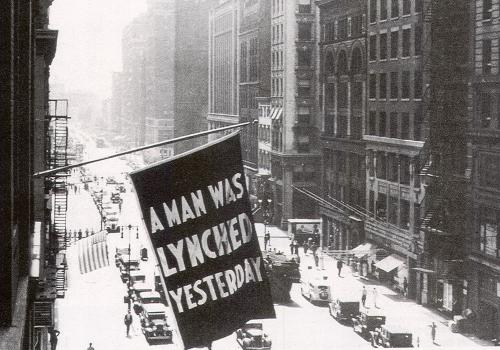
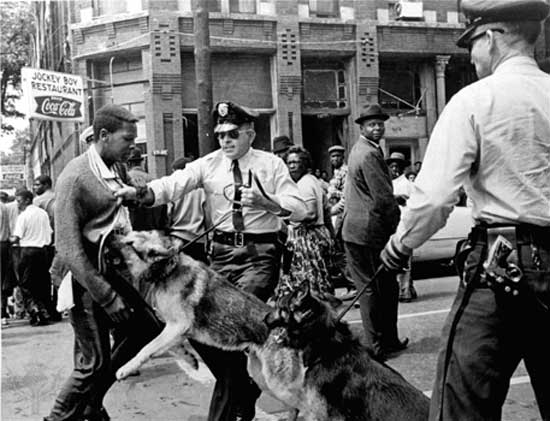
This is the history that we strive to educate others on. It need not be forgotten. This is why we continue today in a changed world, because of the people who fought against the bigotry of others. The picture of the little girl is coming down from the
building. For many the lone child, among a sea of adults in white robes, resonates.
A few comments from the community about this image...
"Dangerous!"
"This photo tells me about parenthood. How our personal views and beliefs are directly passed to our children and how only through the courage of those same children is an improved society forged."
"My mother used to tell me about the Klan rallies in Union, South Carolina when she was a little girl. She said that everybody could tell who was under the robes, because everyone in town only owned one pair of shoes."
"Like the Little girl in Schindler's List." (A film about the Holocaust during World War II)


The 11 images that made up the Summer Virtual Series have been the face of Levine Museum
Thank you for continuing to read the blog and learn the
history of the images.





